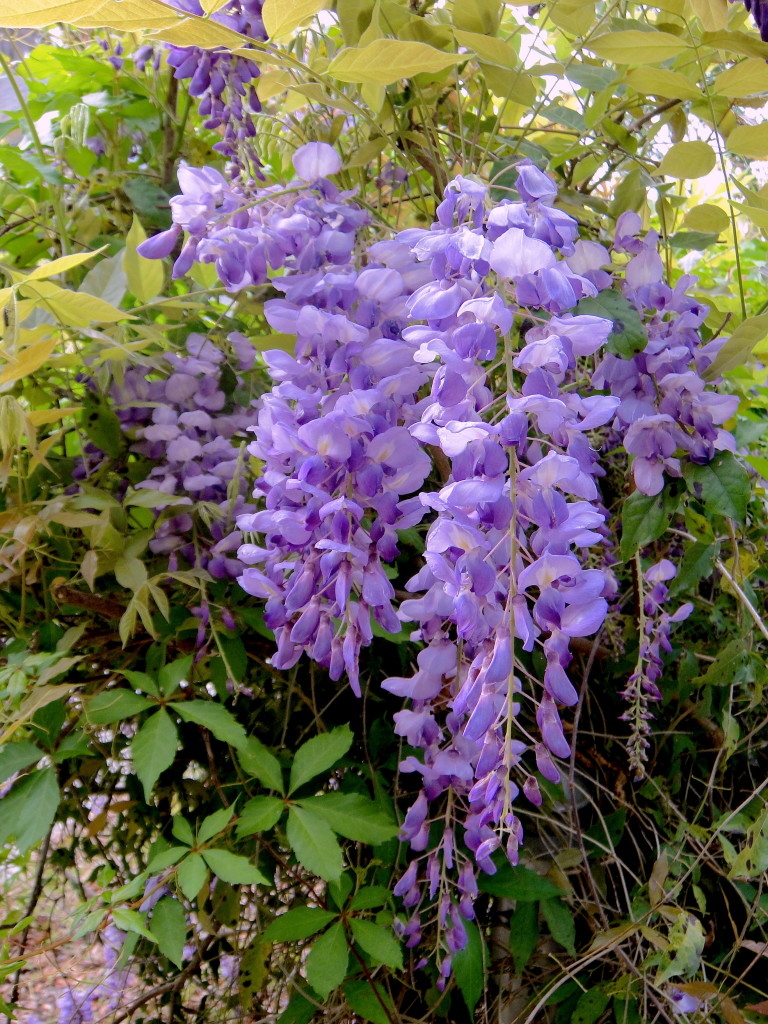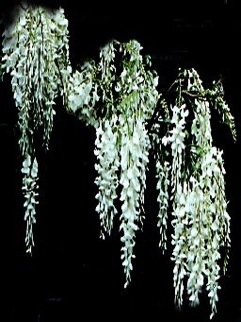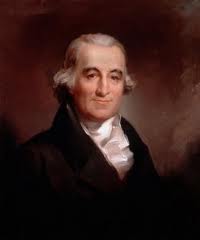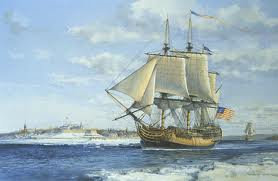Wisteria, Wistaria
There is a duality to Wisteria, starting with those who think it’s an invasive weed and those who like to eat its sweet, fragrant blossoms.
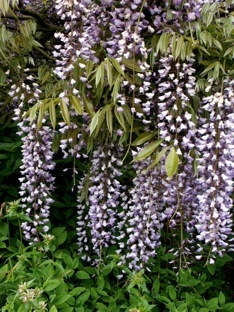
Wisteria floribunda (Japanese)
That dual nature is in keeping with the Wisteria which can also be spelled Wistaria. And how the genus got its name has two stories: Some say it is named after Dr. Caspar Wistar (1761-1818) physician, anatomist, vaccination champion and abolitionist. Others say it was named for Charles Jones Wister Sr., whose father, Daniel, paid for the voyage of the Empress of China which brought a Wisteria vine to North America from China. A former privateer built in 1783, the Empress of China was the first ship to sail to China from the newly independent United States. It also carried the first U.S. representative to China. Round voyage took 14 months. What they didn’t know was Wisteria was already here.
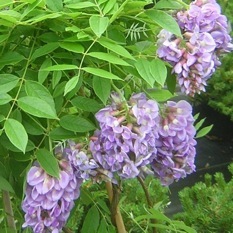
Wisteria frutescens (American)
Wiseria’s multiple personality continues with edibility. The blossoms of the plant are edible raw or cooked. The rest of the plant is toxic per se. In fact, as little as two raw seeds can kill a child. That is not uncommon for a member of the pea family which ranges from edible to toxic.
One of the most common of the 8 to 10 species of wisteria is Wisteria sinsensis, or the Chinese Wisteria, the one that hitched a ride on the Empress of China. It’s a vigorous, fast grower that doesn’t need fertilizer and fixes its own nitrogen. In fact, abuse improves blossoming as does pruning. It can live at least 144 years (as of 2014) and is consider an invasive species is some areas. It has naturalized from Maine to Florida and as far west as Arkansas. Not bad since its arrival in 1816.
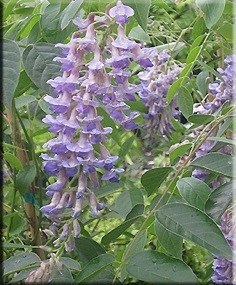
Wisteria macrostachya (Kentucky)
And while the Wisteria might have been named for the underwriter of the ship that brought it back from China there is a native Wisteria in North America, Wiseria frutescens. It has the smallest blossoms of the Wisteria clan. W. frutescens, the American Wisteria, has flowers that are not scented, and its seed pods are smooth not velvety. It is found Virginia to Louisiana down to Florida. If you find smooth seed pods but lightly scented flowers you have the W. macostachya, or the Kentucky Wisteria, also a native (found in Louisiana, Texas, Kentucky, Illinois, Missouri and Oklahoma.) To complicate things there is also Wisteria floribunda, from Japan. It is an escapee in the southern United States.
Now some qualifiers: In Japan young leaves of the W. floribunda (aka W. macrobotrys and W. multijuga)) are cooked and eaten, blossoms are blanched. The seeds are roasted. I have not tried that so I don’t recommend it. This holds true for the Wisteria venusta, or Silky Wisteria. It has white flower clusters six inches long, vine to 25 feet, 9 to 13 leaflets, counter clockwise twist. Its young leaves and young seeds reportedly cooked. Blossom have yellow blotch, AKA Wisteria brachybotrys. The seeds and leaves of the Wisteria japonica were used as a famine food — not recommended — and the flowers of the Wisteria villosa have been eaten.
As mentioned we almost know who Wisteria was named after. It is said Wiss-STEER-ree-ah. And while this is not too relevant it comes from the German/Old English word Wistar which means “steward of the food supply.” Frutescens (froo-TESS-ens) means shrubby or bushy, Floribunda (flor-ih-BUN-duh) means free flowering, many flowers, and macrostachya (mak-ro-STAY-kee uh, or mak-ro-STAK, yuh) means large (flower) spike. Venusta (ven-NUSS-tus means beautiful, charming. Wisteria is considered a pest because it will climb on virtually anything in its path. When this includes other vegetation it also spells their demise. Some can grow to 100 feet long and 15 inches through.
Green Deane’s “Itemized” Plant Profile
IDENTIFICATION: A leaf-losing perennial with pinnately compound leaves to 20 inches with 9 to 19 leaflets depending on species. Chinese Wisteria (W. sinsensis) has gray bark, velvety seed pods, jasimin-like fragrant flowers, twists counter-clockwise, 9 to 13 leaflets usually 11, vine can grow to 100 feet or more. flowering spikes to 12 inches.
American wisteria (frutescens) has smooth seed pods, small flowers have no fragrance, clockwise twist, 9 to 15 leaflets, vine 20 to 30 feet, occasionally longer in old specimens, long-lasting flower spike five to six inches.
Japanese Wisteria (W. floribunda) has white stems, velvety seed pods, fragrant flowers, twists clockwise, up to 19 leaflets, vine grows to 30 feet, flowering spikes to three feet.
Kentucky Wisteria (W. macrostachys) has smooth or slightly velvety seed pods, small flowers, slightly lilac scented to no scent, counter clock twist (though I think that is a observational mistake) flower spikes to a foot, 9 to 15 leaflets, vine length 20 to 30 feet. The Kentucky Wisterias was once considered a variation of the American Wisteria. It blooms at a younger age than W. frutescens.
ENVIRONMENT: Full sun and well-drained soil, natives can tolerate some moisture and are found in coastal plains and along streams.
TIME OF YEAR: Depends on species and location, mid-spring spring to early summer
METHOD OF PREPARATION: Blossoms raw or cooked, REMOVE THE STEMS!. The Japanese blanch their blossoms. Japanese Wisteria leaves boiled when young, seeds roasted, reportedly a chestnut flavor, leave also used for tea. None recommended regarding the Japanese Wisteria. Also raw seeds are toxic. The toxin is a glycoside which is usually a sugar molecule attached to a nitrogen molecule or the like and is stripped off during digestion.


